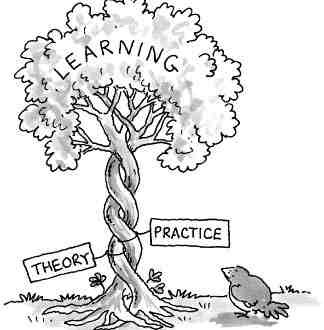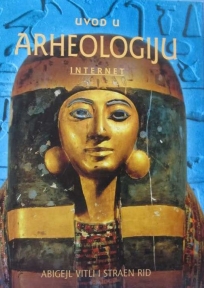
Most Colorado rockhounds are familiar with the blue/ blue-green variety known as Aquamarine, commonly found on Mt. Beryl (beryllium aluminum silicate) at 7½ - 8 on the hardness scale is harder than quartz, and, like quartz, forms perfect hex- agonal (6-sided) crystals, though beryls are seldom termi- nated. According to Jim, the Denver Museum and the Western Museum of Min- ing & Industry of Colorado Springs each have a specimen. Intact specimens were sold or donated to museums and mineral collectors-the largest measured almost 19” across and weighed 200 lb. With the price of beryllium, used to harden steel and other metals, ranging from $400-$750 per ton at the time, the Tezak’s made an esti- mated $20,000 from their beryl find. The largest was estimated to weigh 10 tons of the exposed 28 tons of beryl.

By ‘71 their mother, Elsie, almost had them convinced to sell their Devil’s Hole Mine for fear that they’d contract silicosis from blasting dust, but then a blast revealed a cluster of four massive, pale green beryl crystals. As stated in TMR, Jim and his brothers, Ed, Bill and Mike, first purchased a “played-out” claim in 1968 for $4,000, intending to mine rose quartz for his landscaping business. Returning this March, I had the chance to interview Tezak, who owns and operates the business. Intrigued, I asked the sales lady about them, and she kindly provided me with a copy of The Mining Record article. One sat inconspicuously on the floor beneath some shelves the other tucked away in the corner of the back room.

Wandering through the place, I noticed a couple of huge, greenish/white, six-sided crystals with faces measuring about a foot across. I first learned of this fascinating bit of mineralogical history during a brief visit last summer to the El Carma Rock Shop, located about 2 miles west of Texas Creek on Hwy 50. Originally reported in The Mining Record, this story seems to have been buried in history.

April 2007 PICK&PACK C OLORADO OLORADO ’ S T T EXAS EXAS C C REEK REEK G G IANT IANT B B ERYL ERYL C RYSTALS RYSTALS B Y T ERRY B EH, CSMS I n April of 1974, Jim Tezak and his three brothers discovered some of the largest crystals in the world-and certainly in Colorado-at an open-pit, rose quartz mine they operated near Texas Creek.


 0 kommentar(er)
0 kommentar(er)
